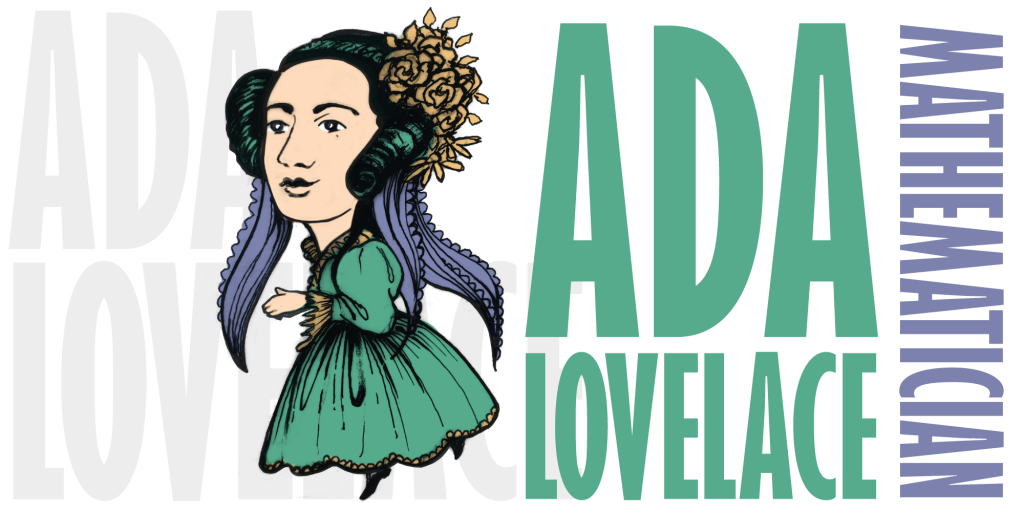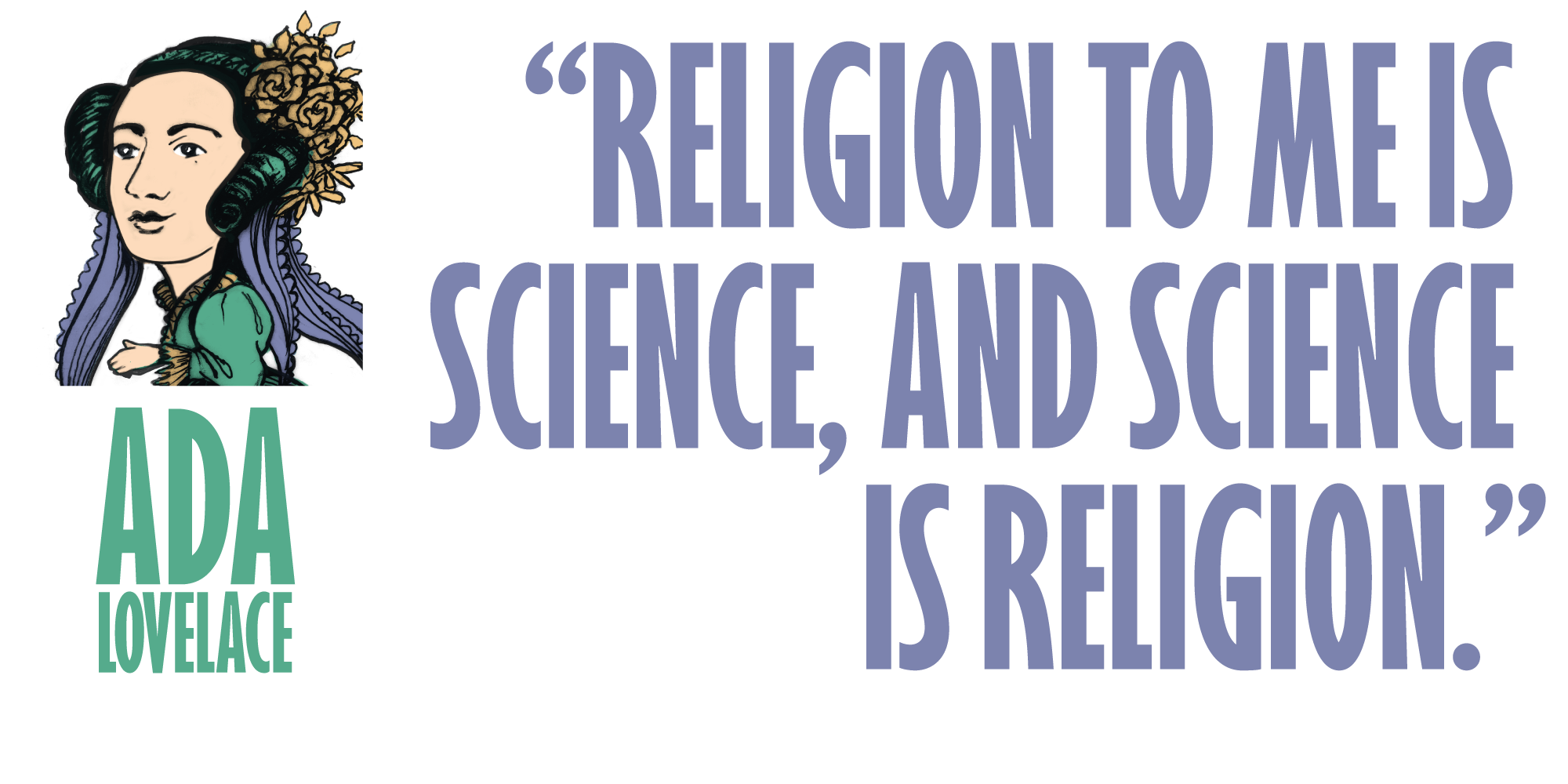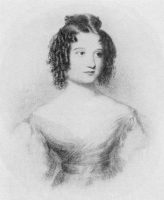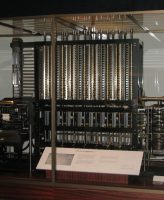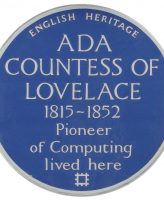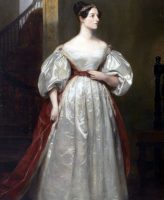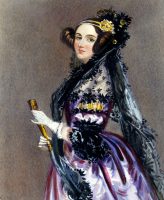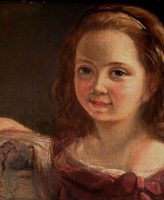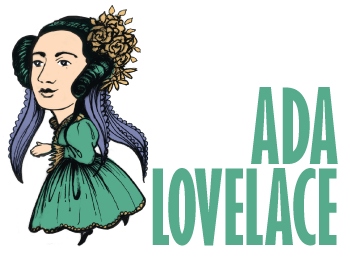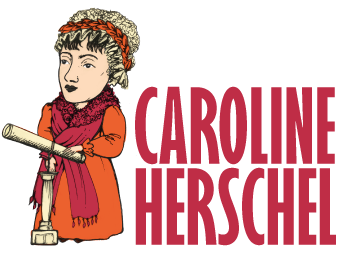When and where was she born?
Augusta Ada Byron was born on 10 December 1815, in London. She died of cancer in 1852 in London, when she was only 36.
Fun facts
- Her father was the famous poet and politician Lord Byron;
- She married William King who later became Earl of Lovelace, making her Countess of Lovelace and had three children;
- Ada was a compulsive gambler. She secretly pawned the Lovelace diamonds belonging to her husband’s family to pay her debts!;
- ADA is a computer coding language named after her;
- The second Tuesday in October is named Ada Lovelace Day which honours the contributions of STEM women.
What’s important about her scientific work?
She is primarily known for her work with mathematician Charles Babbage (known as the father of computers), on his proposed Mechanical General-Purpose computer known as the Analytical Engine. She is thought to be the first person to have published an algorithm to be carried out by such a machine, therefore becoming the first ever computer programmer.
What do we know about her childhood?
Lord Byron left her mother, Lady Byron, when she was only 4 months old. Her mother was determined she should be interested in the mathematics and logic so that she didn’t take after her father, but she was actually mainly brought up by her grandmother. When she was young, she was paralysed after catching measles, and had to stay in bed for a year. When she was twelve, she decided she wanted to fly and investigated how to do so in scientific detail. She even wrote a book Flyology about her findings which included examining the anatomy of birds.
What struggles did she face?
- As a woman, Ada struggled to be taken seriously and her contributions to computing were only recognised a century later.
- Ada’s ideas about computing were so ahead of their time, that it took nearly a100 years for technology to catch up.
What did she achieve?
- Ada realised that the Analytical Engine, generally designed for working on long and complex equations, could also follow a series of simple instructions, which we would call a program.
- She recognised that numbers programmed into the machine could represent things other than just other than quantity and could represent musical notes, symbols and letters therefore be programmable to do much more.

